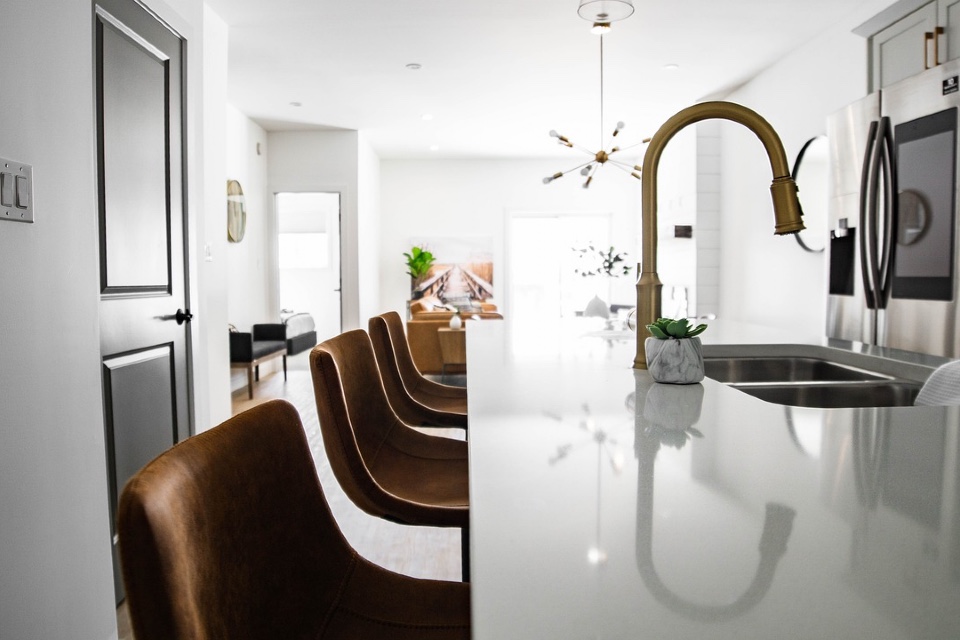Digital engagement ‘key to driving luxury purchases’
The outlook for luxury shopping in 2023 is positive, according to a poll of 500 shoppers that found nearly half (45%) of respondents purchased 3-5 luxury goods in 2022; while just under a quarter (24%) purchased 6-10 items, and 11% purchased luxury goods more than eleven times.
In good news for the 2023 outlook, the same research conducted by Wunderkind reveals that 70% of consumers are confident about their personal economic prospects and 89% expect to maintain or increase their level of online purchases this year.
However, success for luxury brands will be contingent on delivering consistently personalised digital engagement across multiple channels – as the same proportion of respondents (89%) said that, when considering whether to purchase from a new brand, personalisation of messaging and content has a significant influence on their decision-making.
While luxury consumers are often fiercely loyal to their chosen brands, with a tendency toward repeat purchases, Wunderkind’s research showed that 45% are open to broadening their horizons and trying new brands. Social media channels were considered the most influential for staying engaged with luxury brands, the favoured option of more than half (53%) of respondents, followed by a brand’s app (46%) and email (45%).
Reflecting on their journey to purchase, 50% of consumers stated that they research a product 3-5 times before they buy. For millennials in particular, this journey is often fragmented and ‘omnichannel’ – spanning 3-5 channels or platforms before ultimately closing the purchase.
Cian Agnew, Executive Director of Client Partnerships at Wunderkind, said: “There are valuable lessons in the research for brand marketers in the face of economic uncertainty. While 70% of luxury consumers are confident about their personal economic outlook for 2023 – indicating a broadly undiminished appetite for shopping – the consideration phase is still relatively elongated, with consumers researching products across multiple brand channels, and in multiple sessions, before ultimately adding to basket.
“These findings support the need for brands to have strategies in place to effectively capture visitors via their owned channels – and to then re-engage and bring them back on-site if they don’t convert on their first visit. Communicating in a way that’s highly relevant, personal and tailored to the individual is key bringing consumers back – and turning casual browsers into loyal, repeat purchasers.”
Image by justinedgecreative from Pixabay


